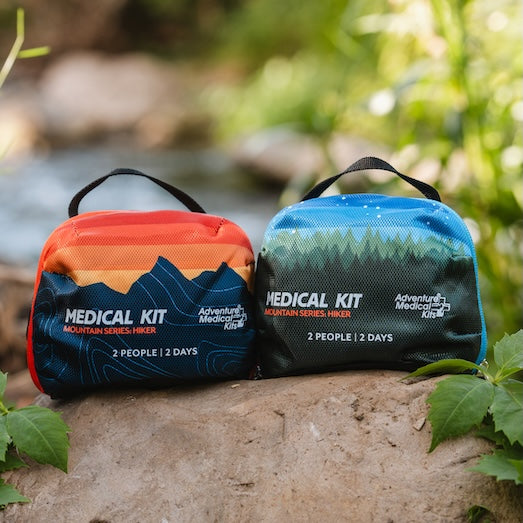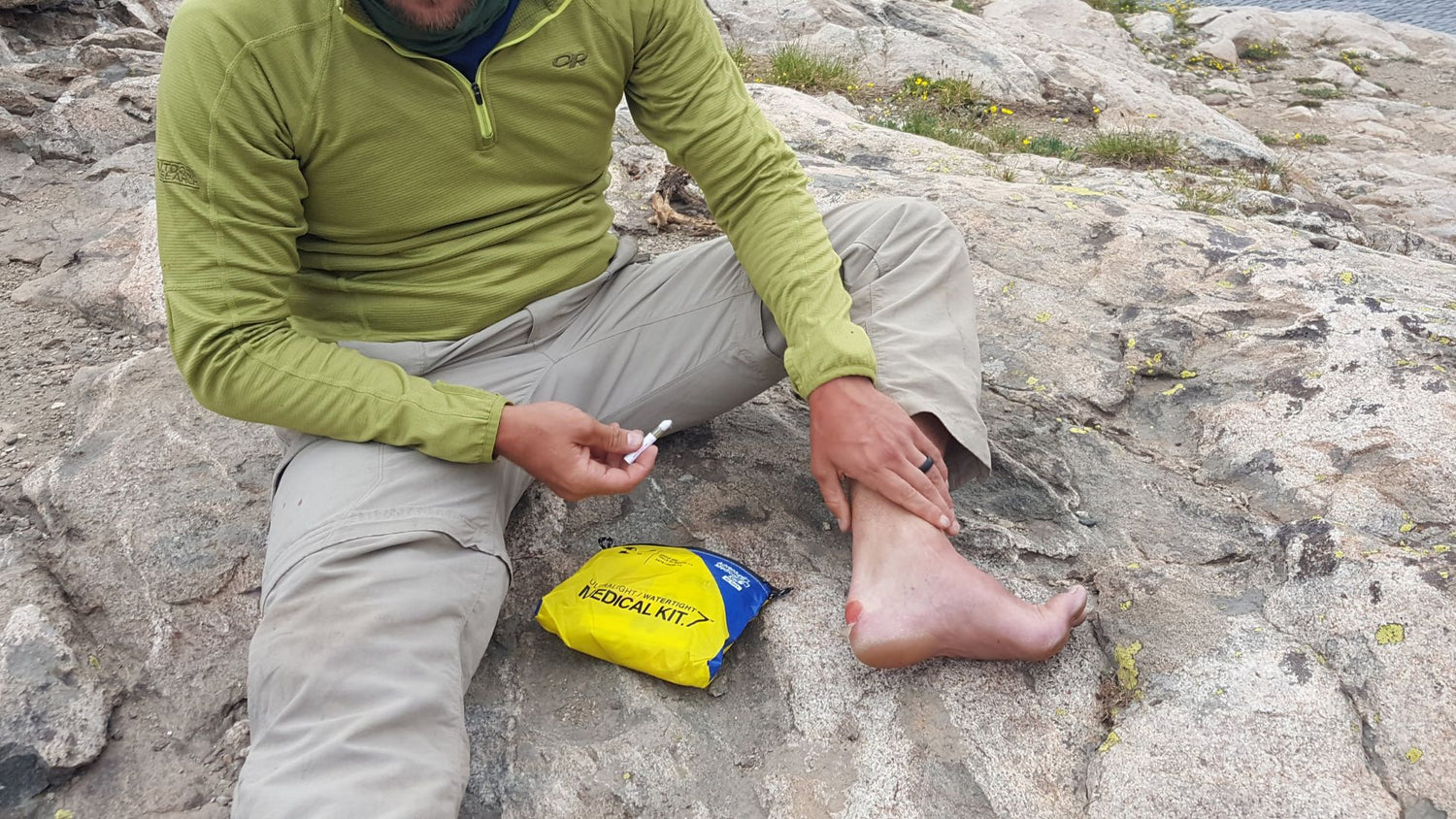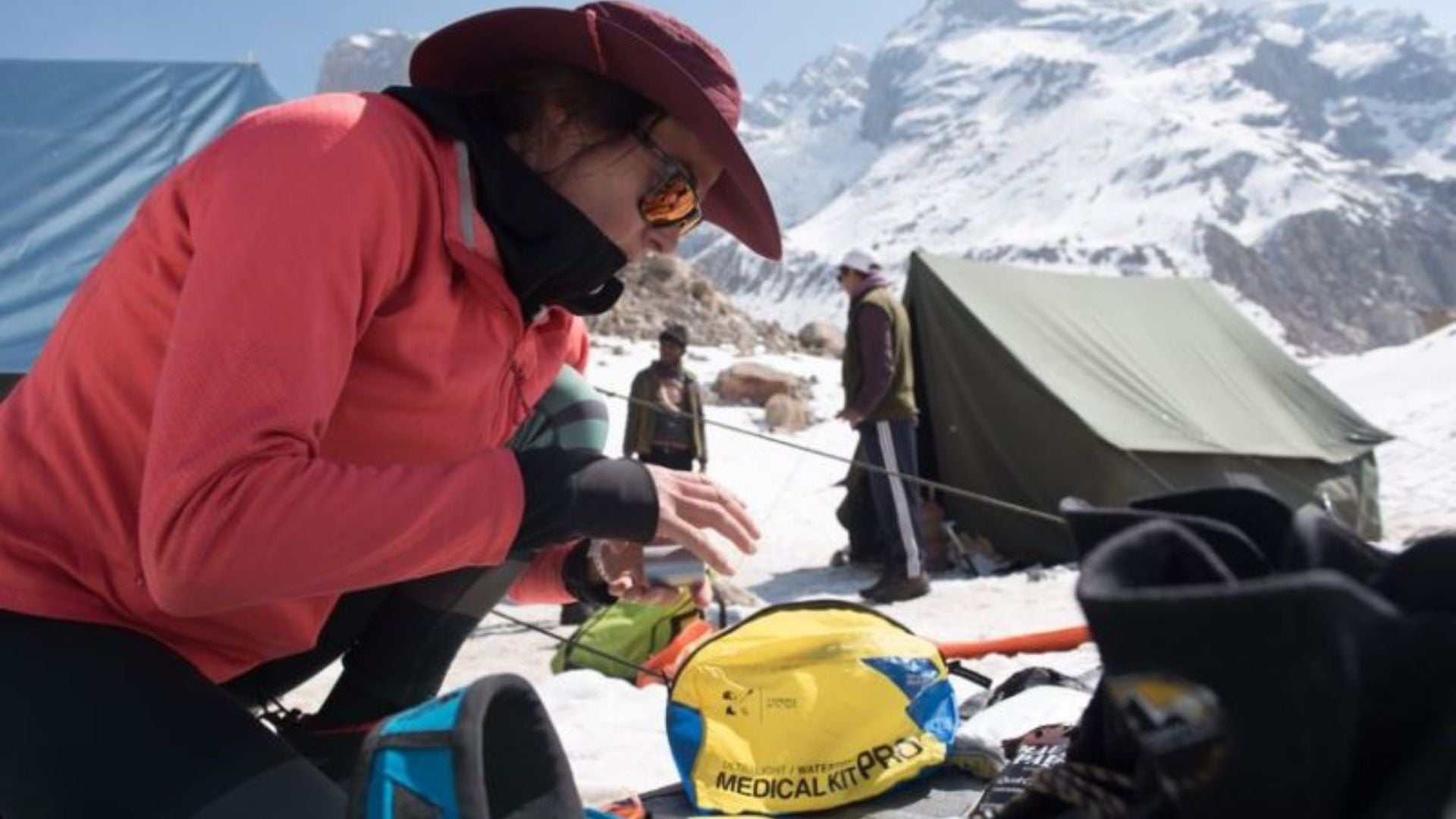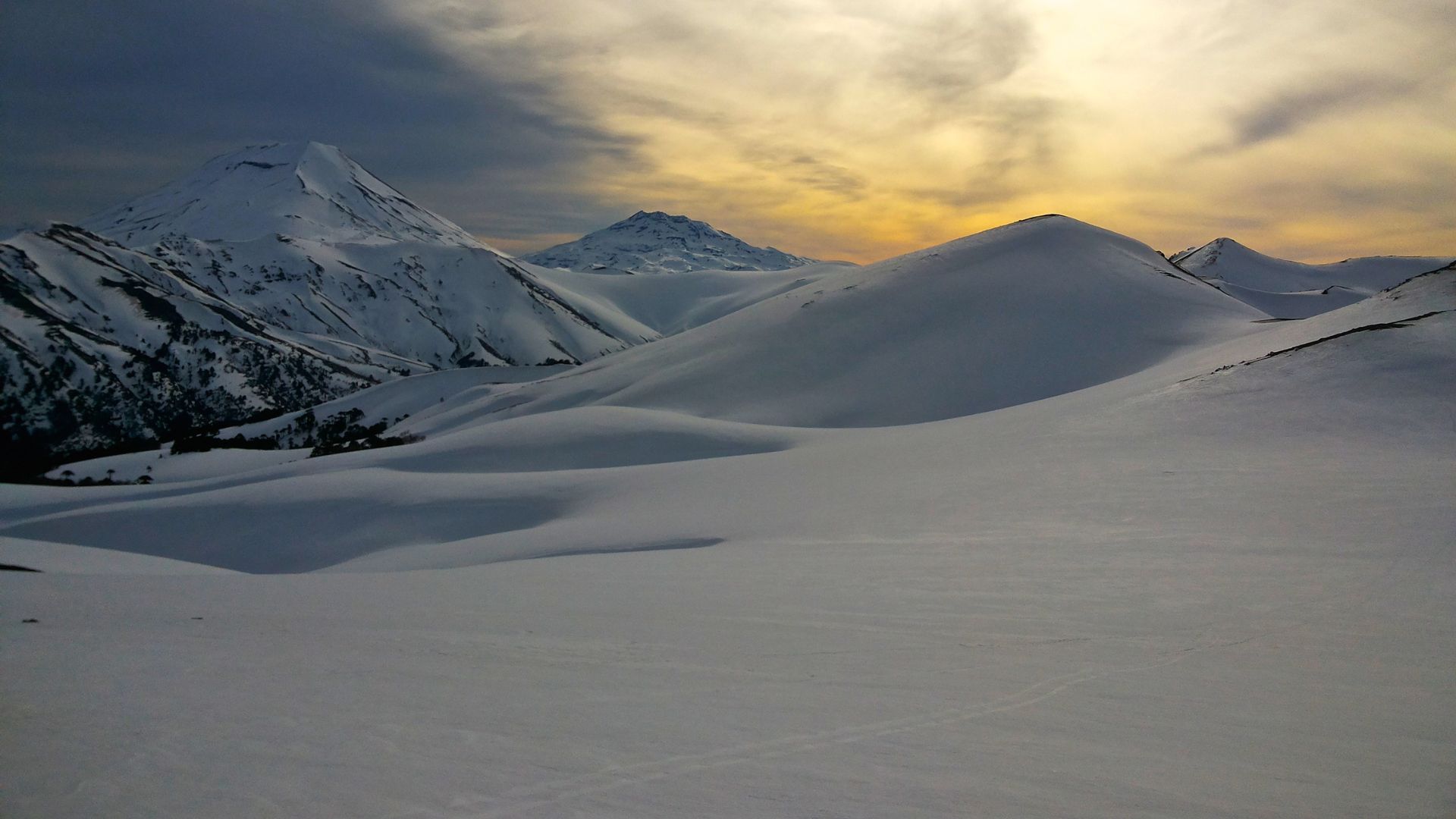Always, always break in new boots before setting out on a seven day journey into the backcountry. Here’s some other lessons I learned:
Don’t Ignore “Minor” Problems
You know that point where you realize that there may be an issue (physically)? Yea, I realized that at mile 2 of our 60 mile round-trip hike into the backcountry of the Bridger Wilderness.
As we walked out to Photographer’s Point the first 5 or so miles of day one, I realized I had a hot spot on the back of both my heels. Knowing that this would be a long hike and there were bound to be hot spots, I thought nothing of it. That was my first mistake: ignoring what I saw as a minor issue.
So I kept on moving, thinking that my heels would be fine. I had been running multiple miles in training for this and had never gotten a blister on my heels. It couldn’t be happening now. About 12 miles in, we reached Little Seneca Lake, and there I realized I had a much bigger problem than just hot spots.
I took my shoes off to rest my feet, and that was when I got my first look at the blisters, or what had been a blister before it popped and my heel rubbed raw. That was another clue that this trip was going to be much more difficult than I anticipated.
Gluing Blisters Works – But Brace Yourself
Let me give you some context for what happened next. In preparation for this adventure, I took a Wilderness First Responder course back in New Hampshire through SOLO Schools, and we spoke about applying tincture of benzoin to a popped blister, or flap, to glue the flap of skin back where it belongs and protect the area. They said it would hurt pretty badly, but let me be the first to tell you, it hurts more than just “pretty badly.” It hurts like hell, and I know, because I had to do it twice. Getting ready to apply some tincture of benzoin from my Ultralight/Watertight .7 kit.
Getting ready to apply some tincture of benzoin from my Ultralight/Watertight .7 kit.
I pulled the tincture of benzoin out of my Ultralight/Watertight .7 and borrowed some GlacierGel from my teammates. After painfully reattaching the flap of skin over the blister with the benzoin, I covered the area with GlacierGel to protect the blister from further damage and minimize the pain.
In the morning, we hit the trail again. As you can guess, it was slow hiking for me.
Healing Is Slow
We made it to the Titcomb basin on the second day, and thankfully we had scheduled 4 nights there. I took advantage of the 2 full days of rest for my heels to recuperate, wearing flip flops all day long while we took lifestyle pictures and instructional videos for our social media and webpage. I knew that letting my heels dry and allowing a scab to form would give me my best opportunity to make the push up Gannett. The blisters definitely needed the full two days.
The morning of Gannett, I left camp about 30 minutes before my team did to get a head start, and we met up at the base of Bonney Pass. We ended up finishing that day about 21 hours later and coming so close to the peak that we could almost throw a rock and hit it, but the decision to turn back was the right one for the team.
It’s a Long Way Home
The next day we turned back to make our way halfway out of the back country and the feeling of, “oh I may have an issue” quickly became, “I definitely have an issue, I just need to make it out.”
I still managed to have some great moments on the hike out though. We stopped at one of the most beautiful swimming holes that I’ve ever been to, just on the other side of Island Lake. It was an amazing feeling to just go for a swim and clean ourselves off from the long week’s grind.
The last day was a bit of a haul, as the team made the decision to trek the entire 15 miles (ish) out of the backcountry and get to a point to where I wouldn’t have to wear boots anymore. They also helped me by sharing the load of my backpack and encouraged me to continue moving.
Smile & Learn
I made it out, obviously, but that day was absolutely exhausting. I was able to smile at the end, and I am still able to smile about the experience. However, I did learn a lot. Two things especially stood out:
BOOTS… always go for a couple hikes in them before putting them to the ultimate test. I only wore them around the office a couple times prior to the hike.
The key to controlling the blisters and hot spots is simple… PREVENTION! As soon as you start to feel it, even if (really especially if) it’s mile 2 of a 60 mile hike, apply GlacierGel or moleskin. If worse comes to worse (and do know that it’s going to hurt like hell) you can always use tincture of benzoin to glue the blister shut and back to the skin, but trust me – you don’t want to reach the stage where this is necessary.
Having said all that, I can’t wait for the next adventure and to learn how to be more prepared for anything that gets thrown into the mix.
